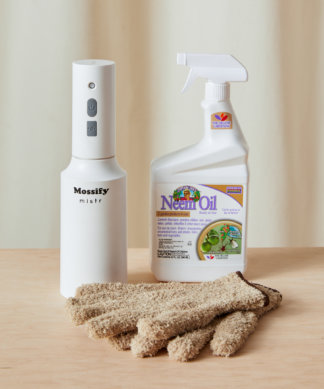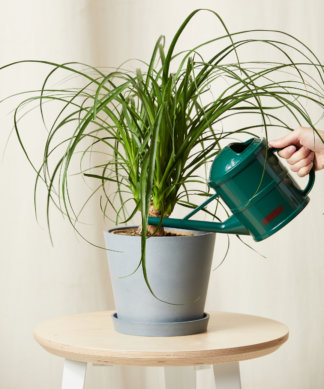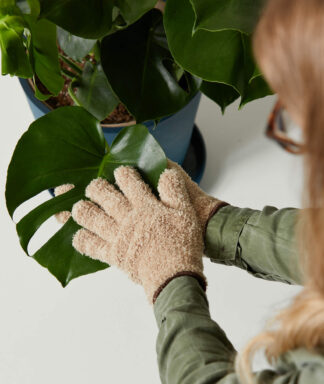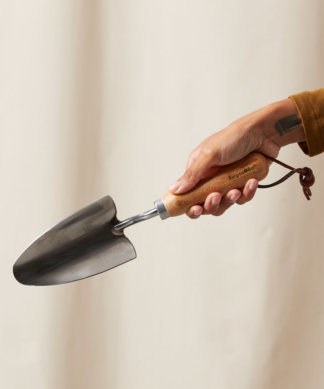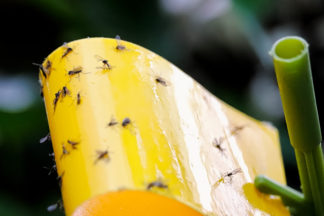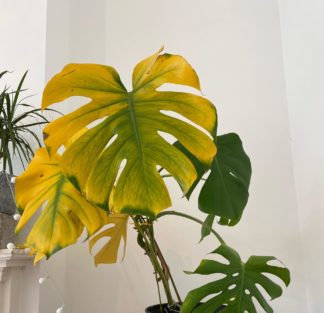Plant Care
Grow-How® Tip: Why Does My Plant Have Brown Crispy Leaves?
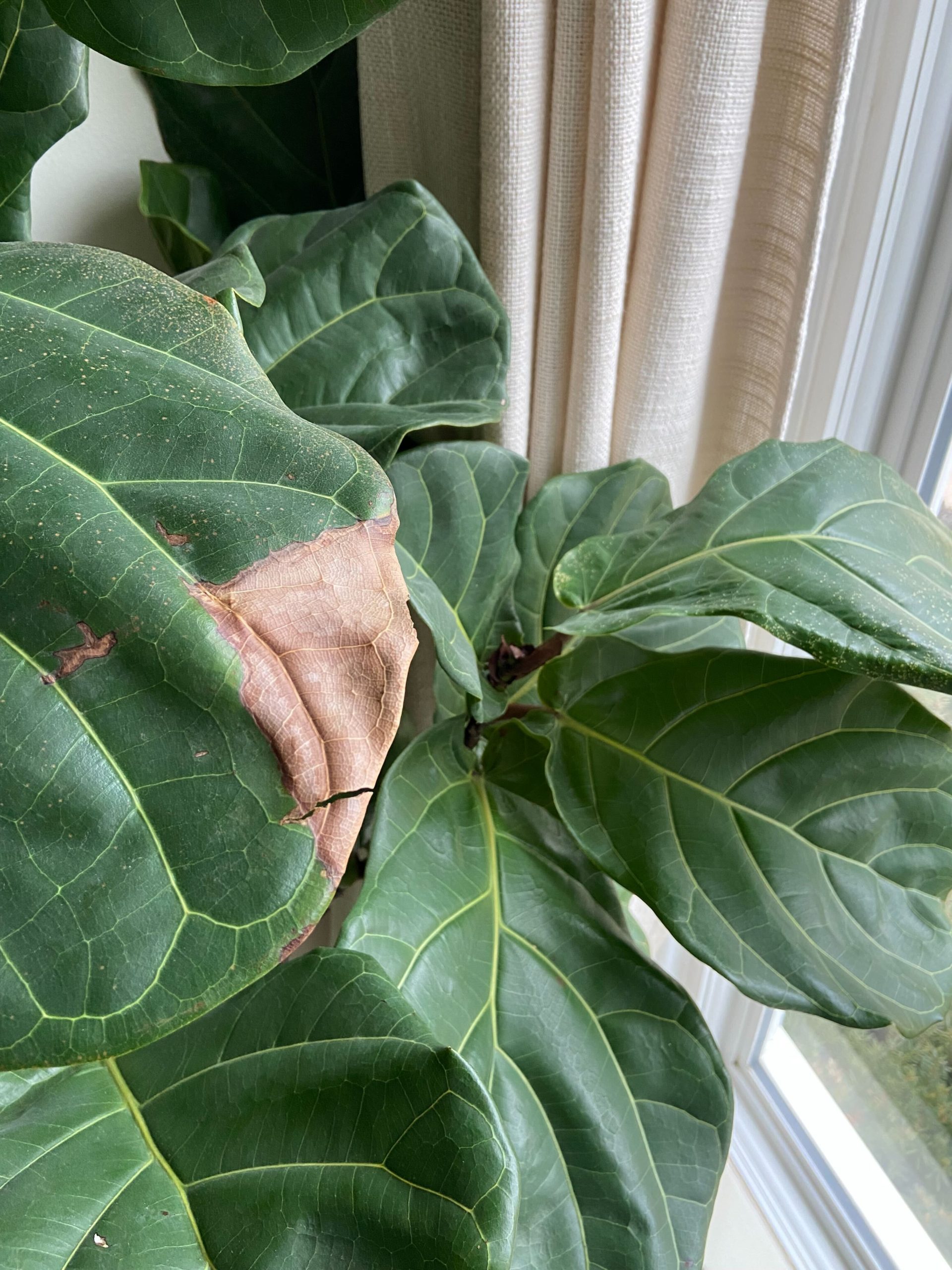
If you are noticing browning leaf edges or crispy leaves on your plants, we understand that can cause some concerns. Depending on the type of plant, brown, crispy leaves can mean a multitude of causes. The Grow-How® Team is here to help you work through what could be causing the issue and how you can help get your plant back on the right track. Below are some of the most common causes of brown, crispy leaves on your plant.
Possible Causes of Brown, Crispy Leaves
Lack of Humidity

Most houseplants are native to tropical environments where the humidity is quite high. Oftentimes, our houses are much drier than the plants would prefer. When your home is dry, this can cause browning leaf tips, edges, or fully brown leaves. If you aren’t sure if your plant is a humidity lover, check out our plant care guides for more information on your specific plant.
If you think your plant has been lacking the humidity it craves, try giving it a boost of humidity to help avoid these issues going forward. There are a few ways to increase the humidity for your plant. You can add a humidifier nearby, create a pebble tray, or you can mist regularly. Learn more about humidity in Grow-How® Team’s blog here.
Water Quality
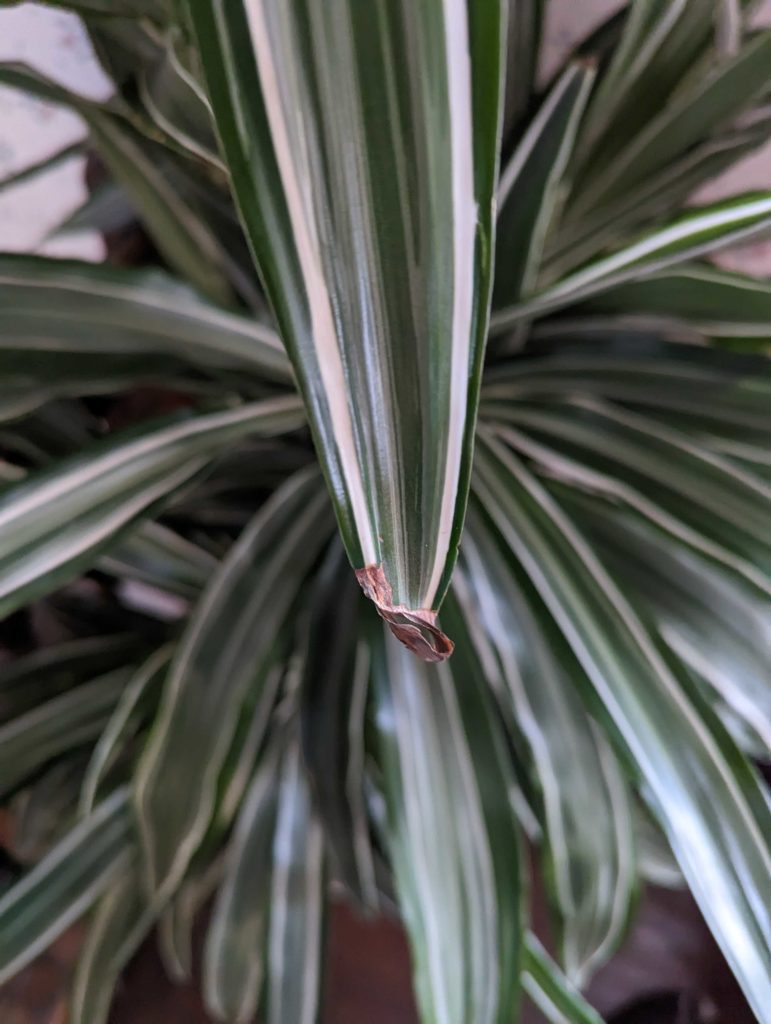
A common problem for many plants is called ‘tipping’ when the tips of the leaves dry out and turn brown. This could be caused by your tap water, which contains salts, chlorine, minerals, and fluoride – all of which can build up in the soil of your plant causing the tips of the leaves to burn and turn brown.
To help with this, try changing up the type of water you are using. If you do not have a filtration system, leaving the tap water in an open container overnight before watering can help remove some of the chemicals. Distilled water and rainwater are also great alternatives to tap water.
Inconsistent Watering
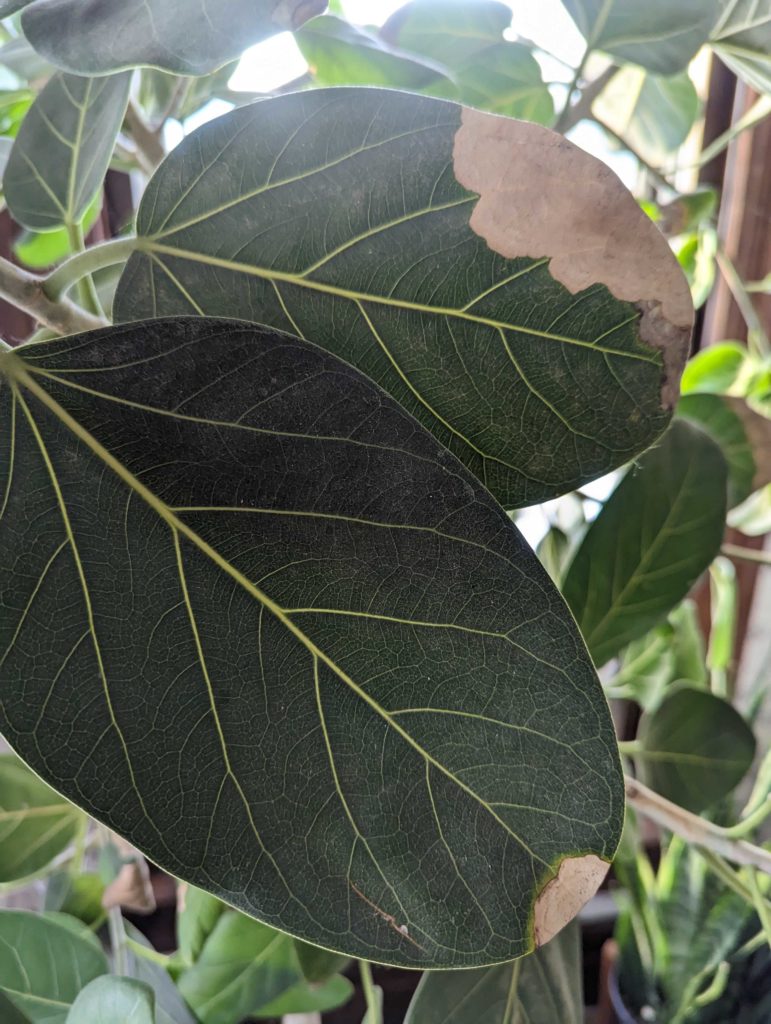
Many plants will start to get crispy if they are allowed to dry out too much. Several varieties are more sensitive to this (like Calatheas and Ferns) while others are more resilient. Check out our care guides for more specific information on how often to water your plant.
To keep your plant full and lush, water evenly all the way around the pot. Water thoroughly until water drips out the bottom of the pot into the saucer. After watering thoroughly, wait a few minutes to allow the water to drain into the saucer, then discard any excess water to avoid soggy soil and ‘wet feet’ which can lead to root rot. Check out the Grow-How® Team’s blog post 6 Tips To Properly Water Your Plants for some more watering how-to’s.
Improper Fertilization
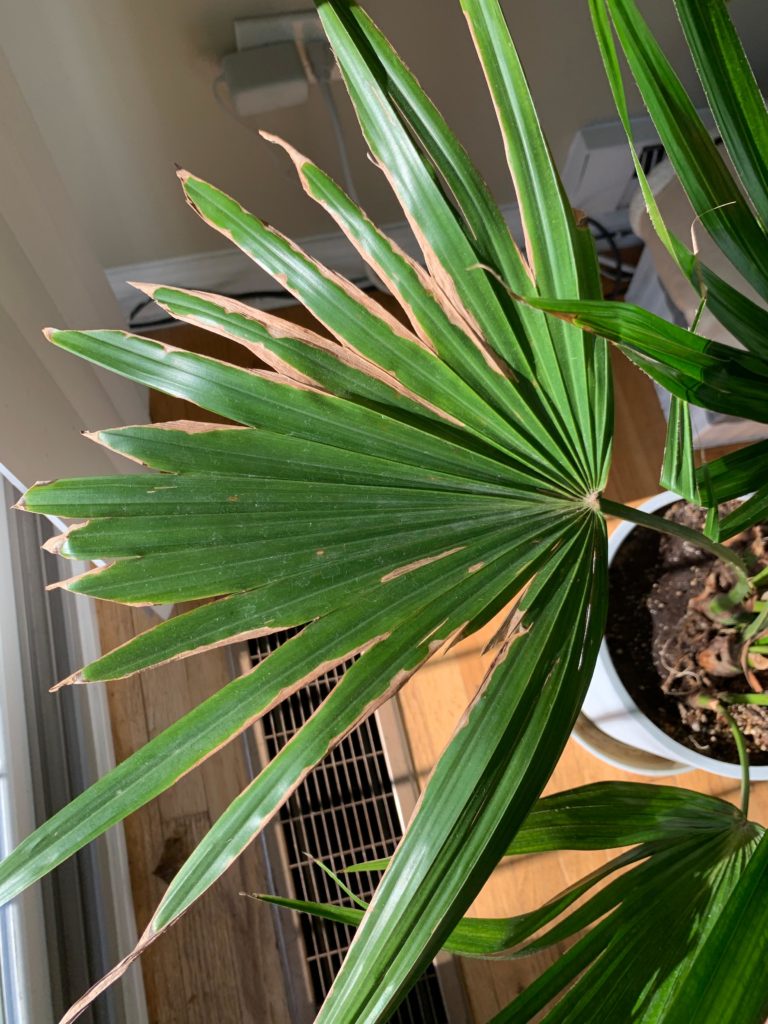
If you’ve recently fertilized your plant, this could be the culprit. Too much fertilizer or adding fertilizer to dry soil can burn the plant and cause crispy brown edges. Be sure to dilute any fertilizer in water and make sure that the soil is damp before fertilizing. Most indoor foliage plants should not be fertilized through the winter months unless they are actively growing. The plants are resting and may go through a period of dormancy. Learn How to Fertilize Your Plants with tips from the Grow-How® Team.
Root Bound
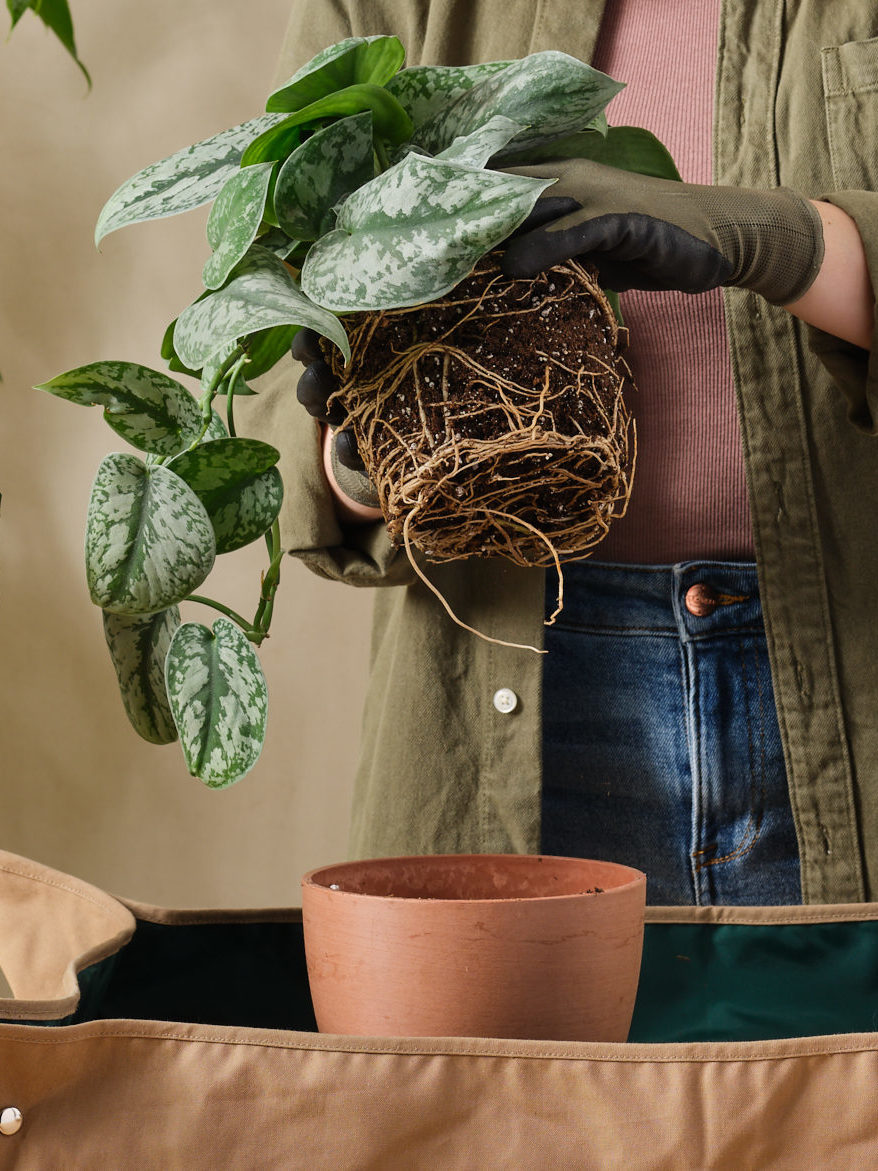
Keep an eye out for signs that your plant is outgrowing its current pot and becoming root bound. Root bound conditions can happen when the plant has grown so many roots that there is no more room to expand. When the roots are taking up too much room and there is not a balanced soil-to-root ratio, this inhibits your plant from taking up the proper amount of water and nutrients it needs which can lead to browning and crisping of leaves.
To tell if your plant is root bound, look for roots creeping up along the top of the soil, or see roots growing through the drainage holes at the bottom of the pot. Another sign that your plant is root bound is if when watering your plants the water rushes through the pot and out the drainage hole. You can also pull the plant out of the pot to closely inspect the roots. Read the Grow-How® Team’s blog on How to Repot Your Plants.
Get Your Plant Back on Track

Your plant should be able to recover once you figure out the culprit that is causing the browning leaves. Adjust your care accordingly and prune off the crispy leaves or browning tips. Use a pair of plant snips to prune off entirely brown leaves or to prune off browning edges. Avoid removing more than 30% of the affected leaves at one time. Pruning the leaves can help your plant focus its energy on new and healthy growth.
When you purchase a plant from Bloomscape, you have access to free one-on-one expert advice from our Grow-How® Team throughout the life of the plant. So if you are still not sure why your plant has brown leaves, reach out to us — our team is here to help!






